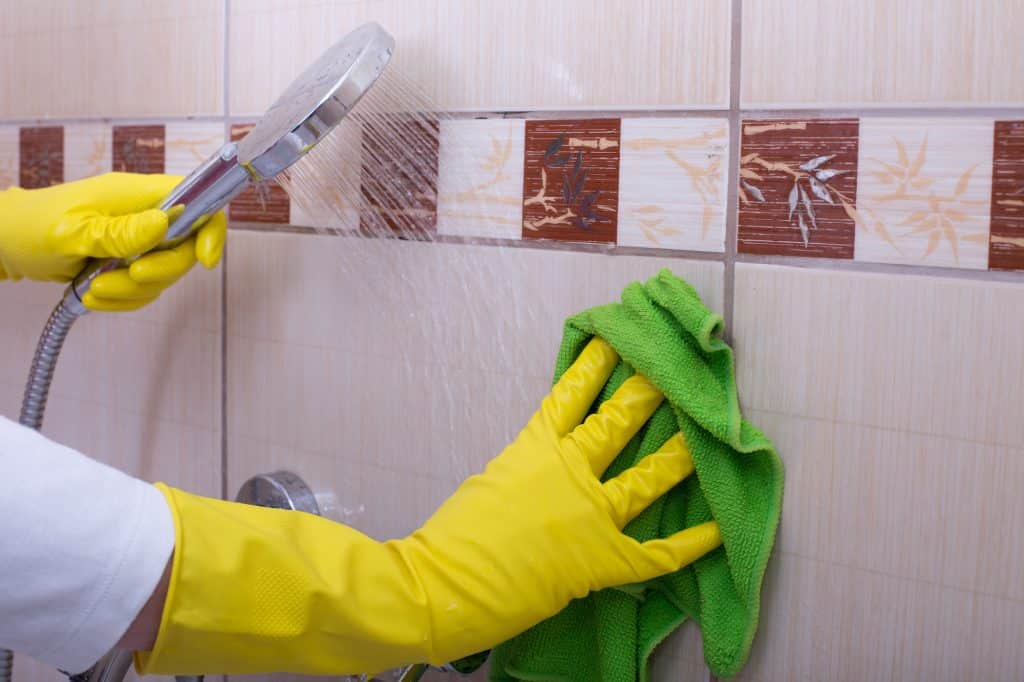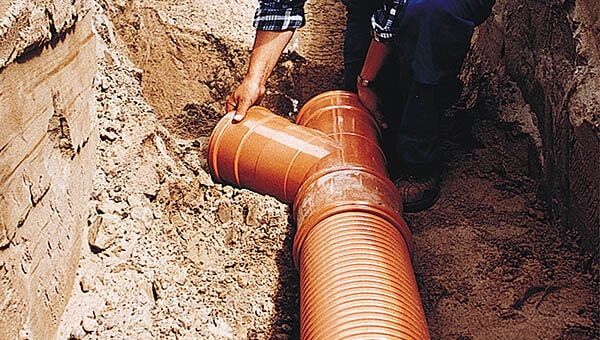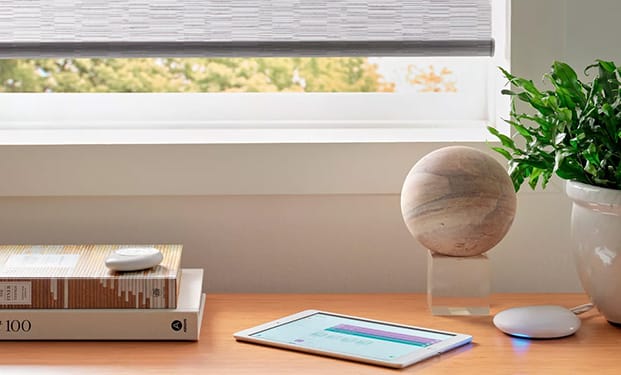A Guide To Tile Care: Keeping Your Floors And Walls Pristine
Tile care is essential in preserving the aesthetic and durability of your home’s surfaces. By knowing and mastering the proper techniques, you can maintain both the beauty and practicality of your tiled surfaces.
From daily cleaning to addressing unique tile challenges, this piece covers it all. This guide offers practical tips on tile maintenance methods to keep your floors and walls in top condition.
Understanding Tile Types
Before you learn how to clean porcelain tile and other tile types, you must know what kind you have at home. Tiles vary in material, each with unique care needs.
For instance, ceramic tiles are durable and low-maintenance, making them ideal for busy areas like bathrooms and living rooms. Porcelain tiles, known for their toughness, demand specific cleaning methods. Natural stone tiles like marble or granite require specialized care to avoid etching or staining. Linoleum tiles need gentle cleaners, as acidic solutions like vinegar can cause damage. Vinyl tiles, however, can often be cleaned with a water-and-vinegar solution.
Identifying your tile type is crucial to perform the proper cleaning techniques. Check purchase documents or consult a tile contractor or installer for accurate identification.
Daily And Weekly Cleaning Routines

Daily tile maintenance involves preventing dirt buildup caused by food, the environment, and the people at home. Sweep or vacuum daily to remove loose debris, a vital step in preserving tile finish. For weekly cleaning, use a gentle, pH-neutral cleaner and a soft mop, which helps maintain the tile’s sheen without leaving abrasions on the surface.
A weekly deep clean is vital, especially for grout lines that make tiles appear unsightly. A soft-bristled brush and a mild cleaning solution can gently scrub the grout. This routine keeps your tiles looking fresh and extends their lifespan.
Deep Cleaning Techniques
Whether you keep your tiles as they are or decide to paint over them, deep periodic cleaning is essential for removing stubborn stains and buildup. While a deep clean usually requires more effort, avoid using abrasive tools and harsh cleaners, which can scratch your tiles. Use a soft brush or non-abrasive pad for tougher stains. This approach to cleaning also protects the tiles from damage.
Always ensure good ventilation when deep cleaning, especially in bathrooms and kitchens. Focus on grout lines, as they can harbor dirt and grime, detracting from the overall appearance of your tiles.
Tackling Specific Tile Issues
Addressing tile issues promptly prevents long-term damage, which, more often than not, becomes costly. Gently buff scratches with fine-grade sandpaper. For organic stains, a baking soda paste is effective, while rust requires a tile-appropriate cleaner. However, use a cleaner appropriate for your tile type to avoid damage from rust.
For grout discoloration, a homemade baking soda and water paste works wonders. Apply it on the grout lines, let it sit, and gently scrub. This method helps restore grout to its original color without harsh chemicals. However, if stains remain, consider using a professional strength grout cleaner.
Caring For Specialty Tiles
Specialty tiles, such as hand-painted or textured tiles, require extra care. Clean them with a soft cloth and a mild, non-acidic cleaner. Avoid rough scrubbing, which can damage the intricate textures or rub away the painted designs.
If you’re unsure of the proper cleaning techniques for specialty tiles, consult professionals for specific care instructions. They can provide tailored advice for maintaining the tiles’ aesthetic and integrity. Adhering to these care tips will ensure your specialty tiles continue to stand out in your home.
Protective Measures For Tile
Placing mats at entrances helps catch dirt and moisture, minimizing tile wear. This step reduces debris that can scratch or dull your tiles. In areas with furniture, use protective pads under the legs to prevent scratches.
Regularly inspect and repair worn or damaged grout to keep tiles intact. This keeps your tiles looking neat and prevents water damage. Grout acts as a barrier, so keeping it in good condition is vital for tile longevity.
Maintaining Tile In High-Traffic Areas
Kitchens and bathrooms, being areas of frequent use, require more regular cleaning and maintenance. Address spills immediately to prevent staining, and ensure these areas are cleaned at least twice a week.
In these spots, pay extra attention to grout lines. Grout can become discolored with frequent exposure to moisture and dirt. Regular cleaning and occasional sealing can keep it looking new and prevent mold growth.
Choosing The Right Cleaning Products
Selecting the right cleaning products is crucial for tile care. Harsh chemicals and some types of alkaline detergents can damage sensitive tile surfaces, so opt for pH-neutral cleaners. Read labels carefully to ensure the product is suitable for your specific type of tile.
Avoid bleach and ammonia-based cleaners, especially on colored grout, as they can cause fading. For bathroom and kitchen tiles, use cleaners suited to the tile material, ensuring they can effectively tackle common issues like soap scum or grease. For natural stone tiles, it’s best to use cleaners specifically formulated to prevent etching or damage.
Conclusion
Like all parts of your home, your tiled walls and floors also need attention. Consistent and proper tile care maintains their elegance and functionality. Before cleaning, identify your tile type to choose the appropriate cleaning method and avoid potential damage.
By following these guidelines, you can enjoy the lasting beauty of your tiles. Keep in mind that diligent care is the key to sustaining the pristine condition of your floors and walls.








One Comment